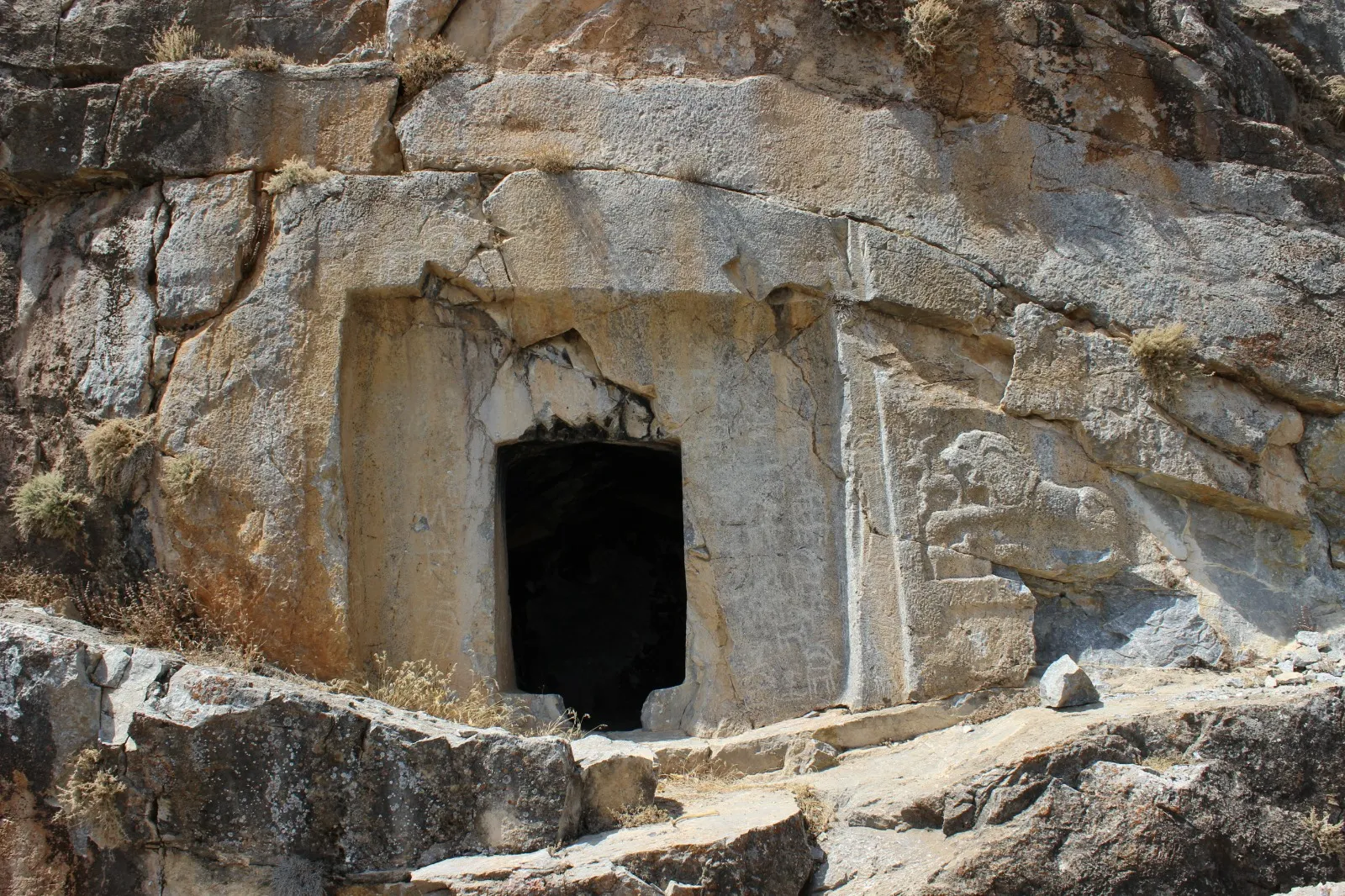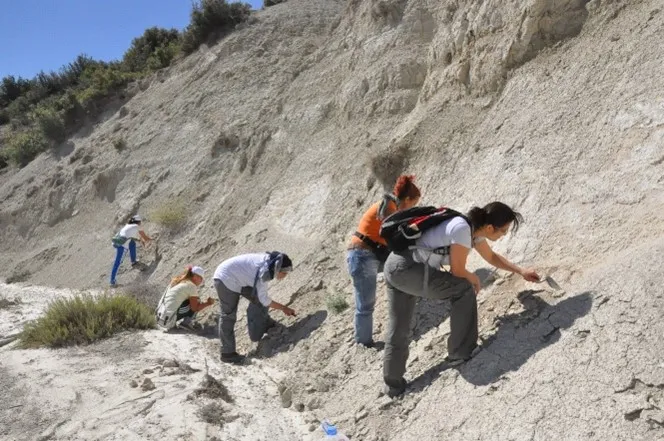The geographical region where our university is located, known as the Lakes Region, not only possesses significant lake ecosystems but also hosts many ancient civilizations. Therefore, studies related to both lake systems and settlements of ancient civilizations are conducted by our faculty members. As a result of these studies, significant contributions are made to our cultural and ecological richness. In addition to the biological studies conducted in Burdur Lake and Salda Lake, archaeological studies in ancient cities such as Kibyra, Sagalassos, and Kremna also provide important contributions to regional tourism. On the other hand, anthropological studies conducted in the region have made significant contributions to the diversity of mammal species in the area.
One of the candidate provinces for the name of the Lakes Region, Burdur hosts numerous wetlands of national and international importance. While all our wetlands are very valuable and special, among them, especially Burdur Lake, which is one of the 14 RAMSAR sites in our country, and Salda Lake, which is located within the Special Environmental Protection area and is the mirror of Mars on Earth, are the most well-known.
The terrestrial and aquatic areas in our region have been meticulously researched by the researchers of our Faculty of Biology for many years, evaluated scientifically through floristic, faunistic, and ecological studies, and the measures needed to protect these areas have been put forward. The nature of Burdur, which is almost a natural laboratory for our students, offers unique opportunities for nature lovers and adventure seekers for many entertainment, recreation, and sports activities.
Thanks to these features, Burdur Lake hosts around 100 bird species and nearly 300,000 water birds. Burdur Lake, which is a habitat for endemic bird species, is a wetland of international importance.
Salda Lake is also referred to as “Saldivler” with its local name, making a reference to the Maldives. Thanks to the natural beauties it offers, it has the potential for ecotourism. It is likened to the Jezero Crater on Mars. As a result of the examination by NASA experts, it shows great similarities with the Jezero Crater in terms of mineralogy and geology.
Yarışlı Lake is also one of the important lakes in our province, and due to its alkaline, salty water, rich biological diversity, and shallow nature, it provides feeding opportunities for many bird species, especially Flamingos.



Excavations and research in the ancient city of Kibyra have been carried out by Mehmet Akif Ersoy University Archaeology Department since 2006 (Excavation Director Prof. Dr. Şükrü Özüdoğru). The ancient city of Kibyra has been the dominant city of the region since the 3rd century BC. Kibyra is one of the most important industrial cities of Ancient Anatolia, especially in leatherworking and ironworking. The city's Odeion (Music House), Stadion (stadium), and Agora (Market/Marketplace) structures will become one of our country's most important archaeological heritages in the near future, with their unique archaeological values and being completely intact. Our excavation works are successfully carried out primarily with the permissions and allowances of the T.C. Ministry of Culture and Tourism, and with the valuable contributions of Burdur Governorship, Mehmet Akif Ersoy University, and Gölhisar Municipality.


Kremna, located in the mountainous region east of Pisidia, was established on a high rocky plateau surrounded by cliffs on three sides for defensive purposes. Today, it is located in the Çamlık Village of Bucak district in Burdur. With its commanding position over the Kestros (today's Aksu) Valley, it serves as the gateway to Pisidia for those coming from Pamphylia on the eastern route. Considering the difficulties in capturing the region during the Late Hellenistic Period and the fact that it was a difficult area to govern, Emperor Augustus had Via Sebaste constructed in Pisidia, which he took under his control, between 25 - 6 BC. Subsequently, to protect the Via Sebaste route and to strengthen the region's defense against the warrior Homonad tribes coming from the northeast of Cilicia and Pamphylia from the east, he turned Kremna into a Roman Colony city.
Well-constructed roads, one of the most important representatives of Romanization, ensured that the empire could reach every point. Following natural passes, Via Sebaste not only secured inter-regional connections and reinforced Roman dominance but also changed the fate of Kremna. Although Kremna, one of the important cities of Pisidia, offers a wealth of data in many areas related to the Hellenistic and Roman Periods, it has not yet been the scene of scientific excavations. Since 2021, the first scientific excavations have been initiated under the presidency of Prof. Dr. B. Ayça POLAT BECKS, a faculty member of our Faculty's Archaeology Department, with the decision of the Presidency, and are being conducted with an interdisciplinary approach applying modern documentation methods.




Burdur Province, within the borders of Gölhisar District, under the name Uylupınar Settlement (Early Kibyra) and Its Surroundings Surface Survey, with the central point being Uylupınar Göladası (Şeher Taşı), between the years 2012-2022, with the permission of the Ministry of Culture and Tourism, General Directorate of Cultural Heritage and Museums, by the decision of the Council of Ministers, in cooperation with Mehmet Akif Ersoy University, under the leadership of Archaeology Department Faculty Member F. Eray DÖKÜ, the project was successfully completed.
Within the scope of the project, with the archaeological studies carried out in the cultural site areas and their surroundings of the study region, by finding a quite wide spread area towards the plains and mountainous sections, considering the scientific data and impact area, the thesis that the region was one of the cultural centers of Inner Western Anatolia during the Ancient Period was brought to the scientific world.
In the studies conducted, especially in determining the site areas and cultural heritage and creating the material culture inventory, mapping, storage documentation, and subsequent publication works were taken as the basis. In this direction, despite having only a four-year project history, it has made a significant name for itself in national and international scientific meetings and publication activities, and has gained an important place in the scientific world and regional cultural tourism.

The purpose of the Salda Yeşilova surface surveys, which started in 2022 and completed the 2nd Season studies in 2023, is to understand the region known as the lakes region and its archaeology. For this purpose, the surroundings of Yarışlı and Salda lakes in the research area form the center of the study. The archaeological remains around the lakes in the research area are being documented in detail using the opportunities offered by today's technology.
Our studies continue with the support of our university's Rectorate and the Faculty of Arts and Sciences Dean's Office, as well as the participation of the lecturers and faculty members of the Archaeology Department and our students.


Numerous excavations and surface surveys are being conducted in the field of anthropology. As a result of these studies, a male skull from the Roman Period and a female skull from the Byzantine Period, unearthed from the ancient city of Sagalassos under the consultancy of Prof. Dr. F. Arzu DEMİREL, have started to be exhibited in the Burdur Museum. On the other hand, excavations are being carried out at the Kayaca Vertebrate Fossil Locality in Denizli Province under the Scientific Responsibility of Assoc. Dr. Ahmet İhsan AYTEK.






